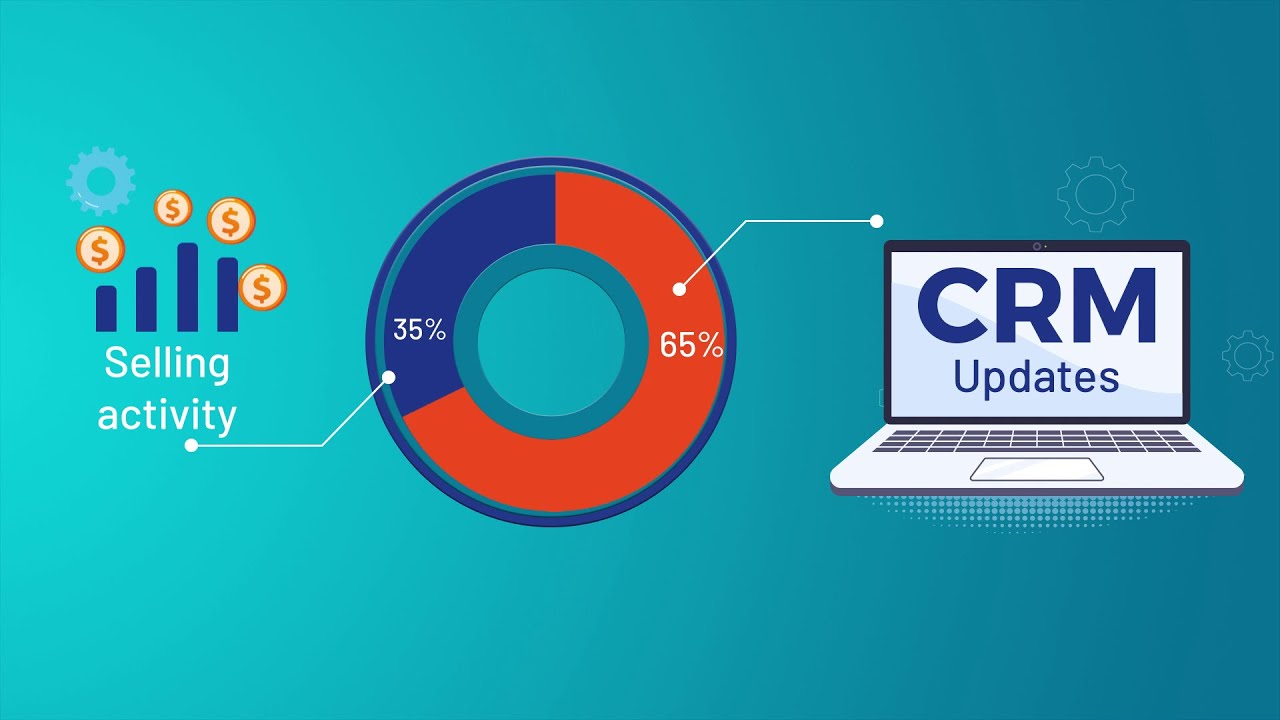CRM Analytics – Customer relationship management (CRM) analytics has emerged as a game-changer for businesses seeking to enhance their strategies in the ever-evolving landscape of customer interactions. What exactly is CRM analytics? Imagine a tool that not only collects data about customers but also transforms it into invaluable insights that drive better decision-making. From understanding the significance of CRM analytics to exploring its diverse applications and challenges, let’s delve into this realm of data-driven transformation.
What is CRM Analytics?
At its core, CRM analytics stands for harnessing the power of data about customers to drive business decisions. Picture a customer CRM software that not only stores data but also processes it intelligently, presenting actionable insights to organizations. CRM, which stands for “customer relationship management,” has evolved beyond its basic definition. It has become a comprehensive approach that incorporates CRM applications, such as collaborative, operational, and analytical systems, to streamline business processes.
Types of CRM Analytics
Collaborative CRM
Collaborative CRM acts as a centralized hub that connects different departments within an organization. It enables seamless cross-departmental collaboration by providing access to a unified customer database. Whether it’s marketing, sales, or customer service, everyone can tap into the same resource to gain a holistic view of each customer. Interaction management and channel management are two pivotal aspects of collaborative CRM. The former involves tracking all customer interactions, while the latter focuses on understanding customers’ preferred communication channels.
Operational CRM
Operational CRM automates various processes, from sales forecasting to evaluating marketing campaigns. It empowers businesses to efficiently manage leads, contacts, sales forecasts, and more. This type of CRM optimizes sales, marketing, and customer service efforts. For instance, sales modules assist in managing leads, while marketing modules aid in creating personalized campaigns. Customer service modules enhance support interactions, resulting in improved customer satisfaction.
Analytical CRM
Analytical CRM works behind the scenes, analyzing sales data gathered by operational CRM systems. It employs data mining techniques to derive actionable insights from consumer behavior patterns. By studying various factors such as customer characteristics, preferences, and past performances, businesses can optimize marketing strategies, sales pipelines, and customer support methods.
Applications of CRM Analytics
CRM analytics holds a plethora of applications that revolutionize how organizations interact with customers and make informed decisions.
Customer Segmentation
By dividing customers into distinct groups based on purchasing behavior, organizations can tailor their strategies to cater to different customer segments effectively.
Profitability Analysis and Customer Value
CRM analytics helps identify high-profit customers, enabling businesses to allocate resources and efforts where they matter most.
Personalization
Personalized marketing based on comprehensive customer data drives engagement and boosts customer satisfaction. A 360-degree customer view aids in crafting tailored experiences.
Measuring Escalation
Tracking product or service-related issues through CRM analytics aids in swift problem resolution, ensuring customer satisfaction.
Predictive Modeling
Predictive modeling leverages historical customer engagement data to forecast future success, guiding business strategies.
The journey of data collection and analysis is iterative, refining business decisions over time based on feedback and insights gained.
Benefits and Challenges of CRM Analytics
Benefits
- Productivity: Integrations and automation streamline tasks, freeing up time for building meaningful customer relationships.
- Personalization: In-depth customer analytics enable tailored services, leading to higher satisfaction rates.
- Artificial Intelligence: AI-powered tools offer valuable insights and enhance customer interactions, improving decision-making.
- Supply Chain Management: Insights from CRM analytics optimize supply chains, reducing costs and enhancing partner relationships.
Challenges
- Siloed Data: Different departments using separate CRM software can create data silos, hindering efficient communication.
- Software Integration: Integrating analytical software with existing systems is often challenging, impacting data usability.
- Data Entry: Manual data entry in non-AI-integrated CRMs can be time-consuming and error-prone.
- Adoption Resistance: Transitioning to new CRM platforms might face employee resistance and requires effective leadership.
Common CRM Metrics
Quantifying and analyzing CRM metrics is essential to improving customer relationships and overall business performance. Here are some vital metrics:
- Customer Turnover: Measures lost customers over a period, highlighting retention efforts’ effectiveness.
- Net Promoter Score (NPS): Gauges customer satisfaction and likelihood to recommend, offering insights into loyalty.
- Rate of Renewal: Evaluates contract renewal rates, indicating customer loyalty and growth.
- Cost of Retention: Calculates expenses to retain a customer, guiding resource allocation.
- Length of Sales Cycle: Identifies how long it takes for a customer to make a purchase, aiding sales cycle optimization.
- First Call Resolution (FCR): Measures issue resolution efficiency and customer support effectiveness.
- Customer Lifetime Value (CLV): Estimates a customer’s long-term value to the business.
Analyzing CRM Metrics
Analyzing CRM metrics is divided into pre-sales and post-sales phases, each contributing to enhancing customer relationships.
Pre-sales CRM Analytics
This phase includes activities before a customer makes a purchase. Tracking metrics like new leads, prospects, personal interactions, and engagement offers insights into conversion rates and effective outreach strategies.
Post-sales CRM Analytics
After a sale, monitoring metrics like problem tracking, additional purchases, purchasing patterns, and customer loyalty helps maintain and nurture customer relationships.
Choosing the Right CRM Analytics Tool
Selecting a suitable CRM analytics tool involves considering several factors:
- Ease of Integration: The tool should seamlessly integrate with existing applications and workflows.
- Features and Functionality: Choose a tool that aligns with your business model and adapts to changing needs.
- Usability: Opt for an intuitive CRM that offers built-in tutorials and multichannel support for easy adoption.
- Capacity for Big Data: Ensure the tool can handle and process large volumes of real-time data.
- Data Visualization: Prioritize tools with interactive data visualization capabilities for actionable insights.
Conclusion
CRM analytics powered by RCM analytics is a transformative force in modern business. By utilizing collaborative, operational, and analytical strategies, organizations can unlock the potential of customer data for informed decision-making, enhanced customer experiences, and sustainable growth. Understanding the types of CRM analytics, their applications, benefits, challenges, metrics, and choosing the right CRM tool is key to maximizing its impact and reaping long-term benefits.
